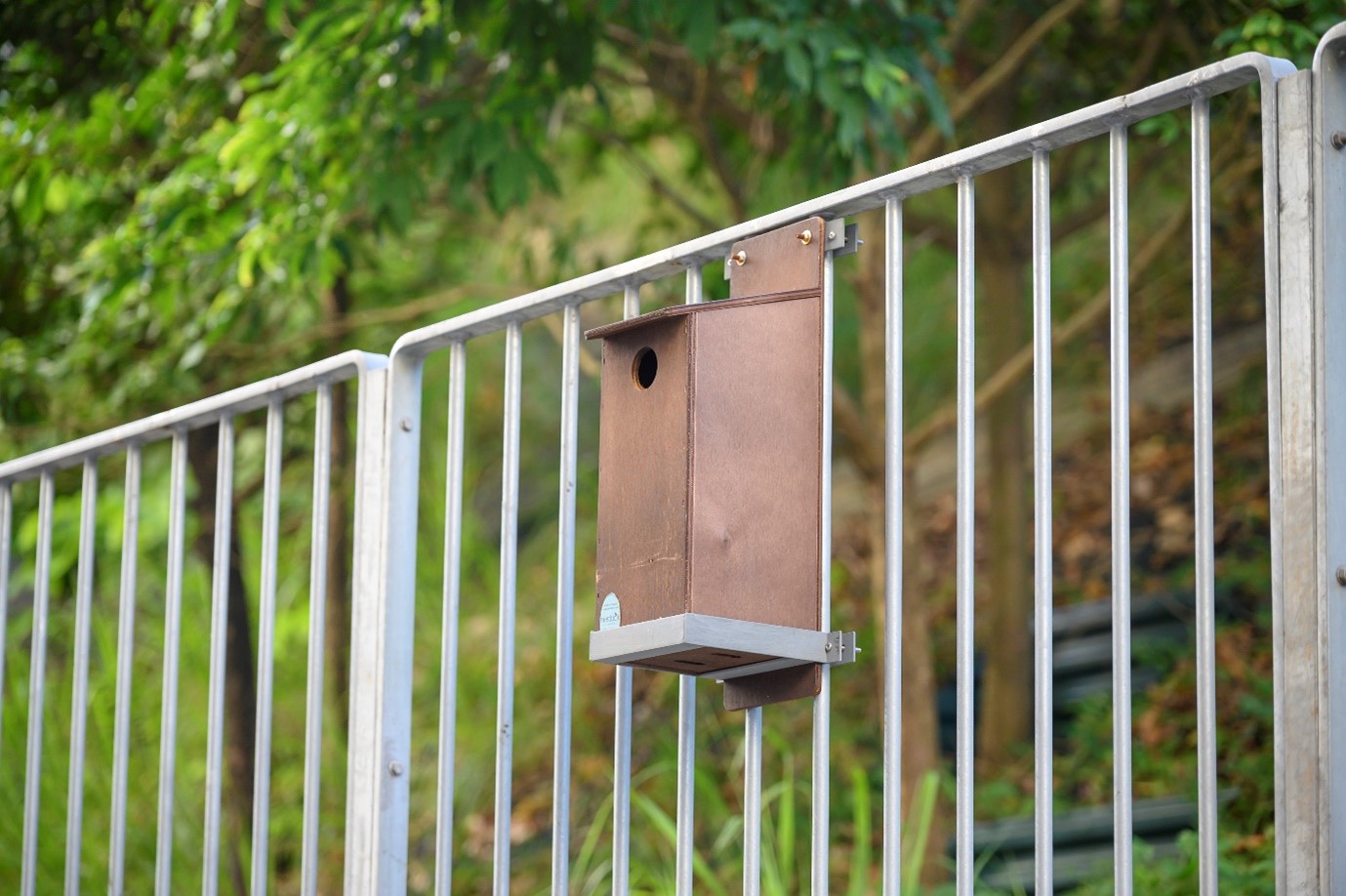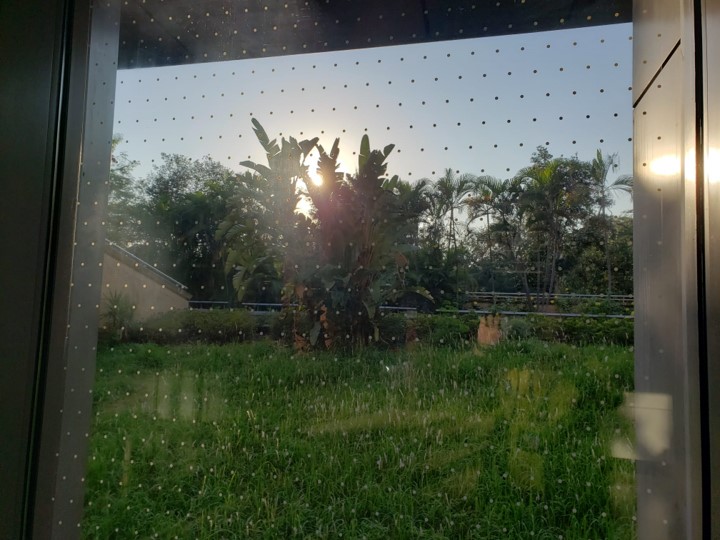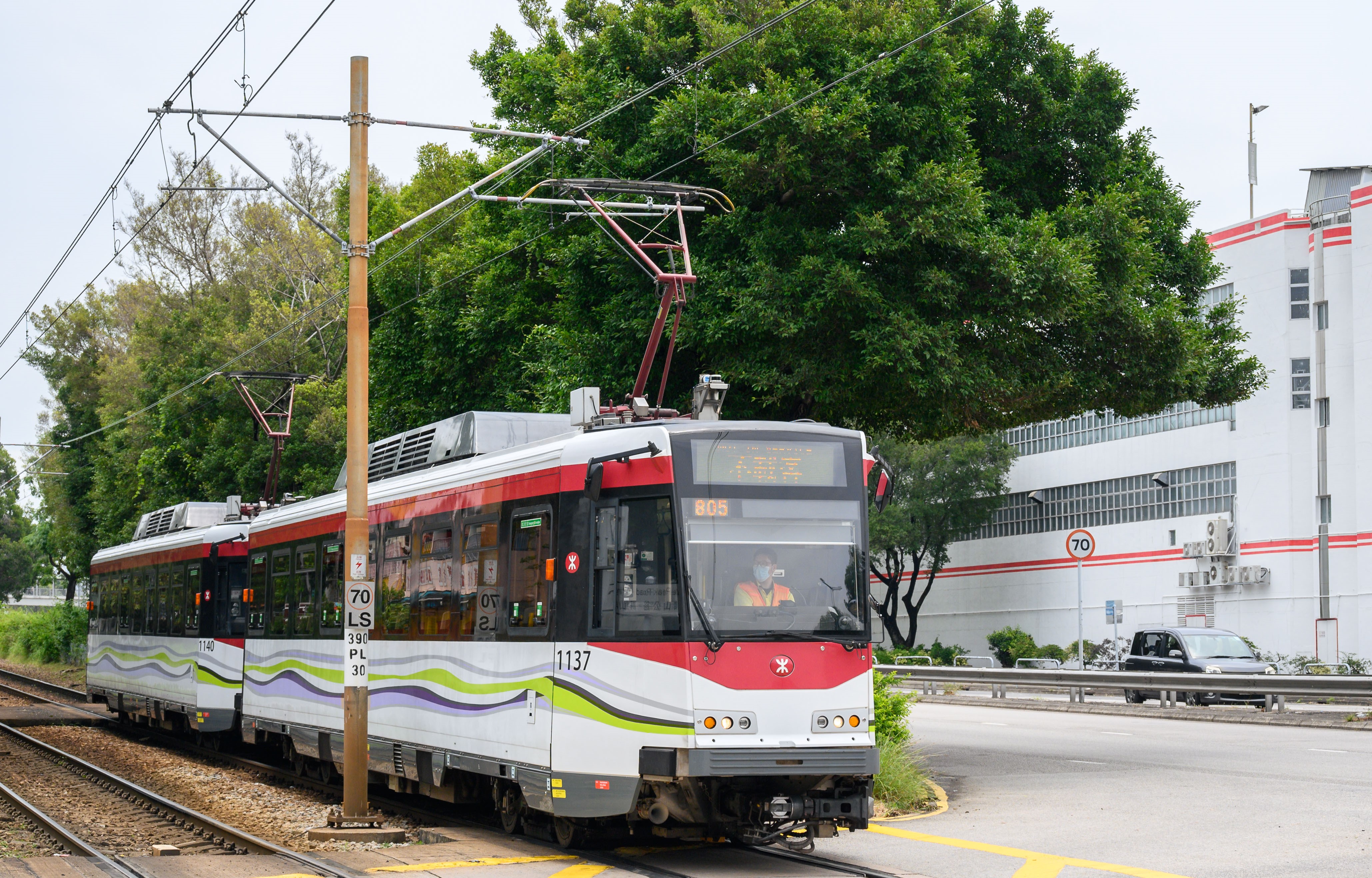Climate-related Disclosures
We recognise climate change is highly material to our business, posing both risks and opportunities to our existing and future operations. To this end, we have in place a governance structure to ensure climate-related issues are discussed at the board level and the regular assessment of our climate-related risks through the Corporation’s Enterprise Risk Framework.
In response to climate change, we have developed a Climate Change Strategy following a 3-pronged approach. We have concentrated our efforts to provide a low-carbon transport network, improve energy efficiency and strengthen climate adaptation and resilience measures in our operations. Our strategic guidelines are set at a Group level, whilst entrusting each subsidiary to tailor their approach based on specific regional standards and operational priorities.

Since 2020, we have started to provide climate-related disclosures under the four core areas: governance, strategy, risk management, and metrics and targets. Details of our disclosures are provided in our Sustainability Report and publicly available CDP response.
In 2020, we conducted an Extreme Weather and Climate Change Impact Study to evaluate how extreme weather events impact our railway networks in Hong Kong. The Study has also reviewed existing preventive measures and asset enhancement programmes and evaluating the resilience of our infrastructure through surveys and inspections. Based on the findings, we developed an adaptation and mitigation action plan that includes measures like flood boards in high risks areas, slope stability enhancement along the East Rail Line.
We have commenced a high-level climate diagnostic study on our railway and property assets in Hong Kong to assess their exposures to climate-related physical risks using climate scenarios based on the Representative Concentration Pathways (“RCP”) designed by the Intergovernmental Panel on Climate Change (“IPCC”). The Study will help us identify critical exposed assets at risk, which enables us to plan for a more in-depth scenario analysis where appropriate.
In 2022, we conducted a study to establish long-term carbon reduction targets for our railway and property businesses in Hong Kong, developing a practical decarbonization roadmap. This involved reviewing our initiatives, engaging with business units, and exploring new reduction measures aligned with climate science. We are now committed to setting 2030 science-based targets and achieving carbon neutrality by 2050.
Read More
-
Flood Prevention Measures at MTR Stations
To tackle the flooding threats at MTR stations and underground tunnels, we have implemented the following measures:
- Infrastructure Maintenance: Our flood protection and drainage systems has made reference to Drainage Services Department design manual, with regular reviews and enhancements.
- Station Design: Most entrances/exits are at least 450mm above street level, featuring deployable flood boards on top. Water-resisting doors and floodgates are installed where necessary to prevent floodwater ingress.
- Emergency Protocols: We have established evacuation procedures for evacuating passengers for severe floods, supported by regular drills to ensure readiness.
-
Enhancing Preparedness for Typhoon at MTR Properties
Extreme weather events, such as rainfall, storm surges, lightning and typhoons, are increasingly threatening Hong Kong. The Corporation has assessed the geographic conditions of each property site and adopt suitable measures to deal with severe weather conditions.
Following the Super Typhoon Mangkhut in 2018, which brought severe storm surge to the territory, in particular the coastal areas such as Heng Fa Chuen. Since then, we have implemented a series of enhanced preventive measures to strengthen its preparedness for future extreme weather events. These include:
- Appointment of consultant to carry out technical studies to determine the preventive measures;
- Installation of floodgates at entrances and plant rooms in building blocks that are located near the coast and basement carparks;
- Installation of flap valves at the drainage pipe to avoid back flow of seawater;
- Construction of planter walls at Heng Fa Chuen Playground to prevent the influx of overtopping wave water;
- Replacement of the ordinary manhole covers to those with drainage holes to facilitate discharging the water surrounding club carparks;
- Installation of water sensors at the basement carpark and reservation of hourly parking spaces in the shopping mall nearby for emergency use when the basement carpark is closed in situations where flooding risk is high during typhoon;
- Designation of temporary parking areas at the Podium for vehicles parked at the reclamation areas;
- Arrangement of backup management office at the Podium multistorey carpark to maintain services for the residents; and
- Conducting typhoon drill on a regular basis.
Upon receiving storm surge notification from the Home Affairs Department, we take immediate actions to get prepared and reduce flood risk as much as possible, including:
- Clearing drainage pipe inlets;
- Installing the floodgates for all blocks and basement carpark in reclamation areas;
- Messaging the residents and carpark owners and draw their attention to weather conditions;
- Informing the basement carpark owner to move their vehicles to temporary parking space in hourly carpark of Paradise Mall; and
- Allowing temporary parking in podium areas.
Nature-related Disclosures
We prioritise biodiversity and natural habitats conservation through our Environmental & Social Responsibility Policy, particularly in ecologically sensitive areas such as sites of special scientific interest and protected areas as defined by the local statutory regulations and international convention. We strictly adhere to relevant environmental legislations and requirements and minimise adverse impacts on ecology and biodiversity during operations and new projects.
Our approach to protecting biodiversity is based on the "Avoid, Minimise and Mitigate" hierarchy, which aims to avoid or minimise the impact on biodiversity and ecosystems during construction or operations. The Corporation also seeks to mitigate any residual impacts through biodiversity offsetting, which involves the restoration or creation of habitats to compensate for any loss of biodiversity resulting from its operations.
We have been actively involved in the management and maintenance of the Lok Ma Chau Wetland, which included 32 hectares of enhanced wetland habitats and ongoing ecological monitoring. The Corporation's focuses on managing wetlands to attract wildlife species, particularly birds, making the site as one of the best examples of biodiversity management in the region. The wetland hosts over 280 bird species as well as dragonflies, reptiles, mammals and amphibians including those classified as endangered, vulnerable and near threatened. Our adaptive conservation management with long-term ecological monitoring at the Lok Ma Chau Wetland, demonstrates our dedication to the ongoing preservation of biodiversity.
Besides, we support the preservation of trees during the planning and construction of new railway lines. To mitigate the risk of fallen trees along open railway sections, we conduct biennial large-scale tree surveys and a smart tagging system to monitor, assess and enhance our care of the trees. Our Tree Management Team adopts Near-field Communication (“NFC”) technology to conduct regular monitoring and maintenance for around 25,000 trees along the railway lines, helping to prevent unforeseen impacts on our operations.
-
Project Highlights
Protection of an Ardeid Roosting Site in Tuen Mun Park
In developing new railway projects, we consider environmental protection and biodiversity at all project stages, including planning, design, construction and operational phases. Taking Tuen Mun South Extension Project as an example, we safeguard the Ardeid Night Roost roosting site in Tuen Mun Park during the project design stage. We have assessed potential ecological impact, completed ecological surveys and pre-construction monitoring to facilitate the formulation of mitigation measures during construction and operation phases. These include establishing a buffer zone and controlling working hours, minimising noise and light disturbance from construction activities, etc. We will also conduct regular monitoring to track our performance.
Hin Keng Station
As part of our continued efforts in protecting bird species, we have installed 3 bird nest boxes in Hin Keng Station, targeting small-sized birds that inhabit the vicinity for nesting and breeding. Inspired by our success at LMC wetland, we hope to attract bird species, such as Crested Myna and Oriental Magpie Robin, with these installations during their breeding season.

Enhancing Bird Protection at Mei Foo Station
Bird-window collisions is one of the major threats to birds in Hong Kong. To address bird-window collisions at Mei Foo Station, we have made the station more bird-friendly. Following advice from the Hong Kong Bird Watching Society, we have applied antibird collision window films on over 100 window facades at station to provide better protection for birds, significantly reduced such incidents. Additionally, we raise awareness of bird protection amongst our commuters by decorating windows along the interchange walkway with bird-themed stickers.

Tree Management along our Network
As part of our tree management strategy, we conduct large-scale biennial tree surveys once, as well as developing a stringent tree coding system with smart tags for about 25,000 trees along our railway network. Each tree has an “electronic ID card” with information such as height, health condition and distance from the rail line, accessible via Near-field Communication (“NFC”) technology for effective monitoring during their regular checks.
We have developed a Tree Intrusion Monitoring System (“TrIMS”) to monitor tree more effectively. With the use of 3D mapping technology, Light Detection And Ranging (“LiDAR”) and AI platform, the system is installed in our Light Rail Vehicles (“LRV”) to monitor tree intrusion. This system enables us to identify tree intrusion issues during operations so as to implement suitable mitigation measures, further improving our ongoing tree management regime.

